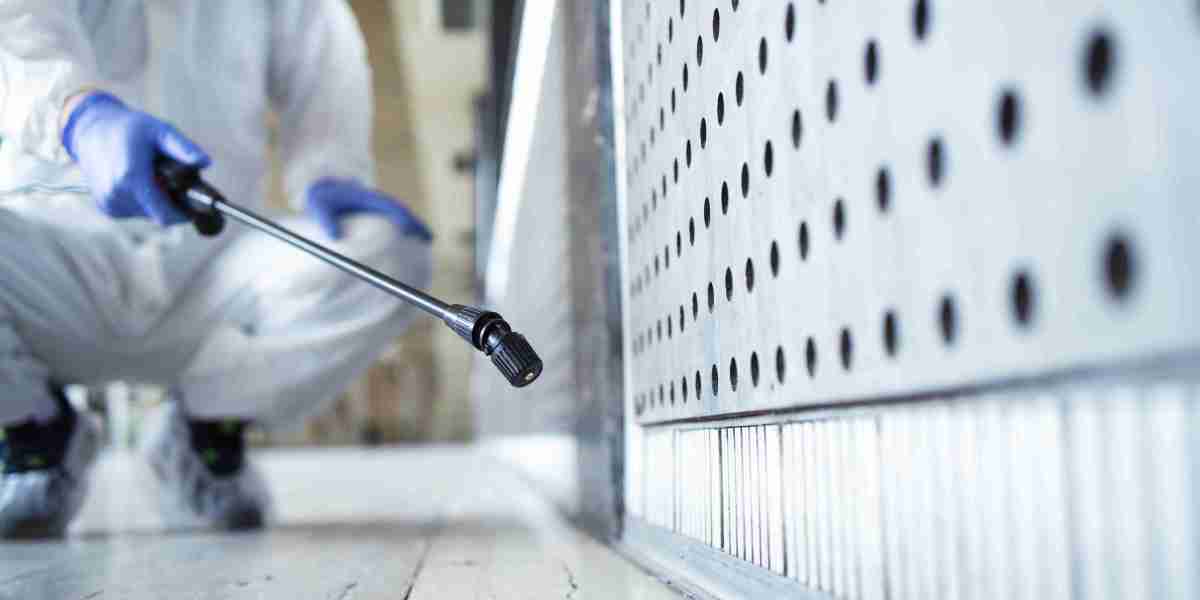In today’s evolving kitchen landscape, safety has become a core focus in the design and functionality of cooking appliances. Among these, hobs are critical components that can pose significant safety risks if not engineered correctly. As the Hob Market grows globally—driven by the rise in modular kitchens, smart appliances, and urban cooking habits—manufacturers are prioritizing flame control and automatic shut-off systems to ensure consumer well-being.
This article explores how safety technologies are influencing the Hob Market, with an emphasis on flame regulation and automatic safety features, while also assessing consumer demand and regulatory developments.
The Rising Importance of Safety in Modern Kitchens
The kitchen is among the most accident-prone areas in a home. Incidents related to gas leaks, unattended cooking, flame flare-ups, and electric short circuits pose risks to users, especially in households with children and elderly residents. In response, the Hob Market has undergone a notable transformation in its approach to design, with safety features no longer being optional add-ons but essential product elements.
Growing consumer awareness and increased media attention on home safety have further pushed demand for intelligent, safe hob systems. Today, most buyers consider safety features as crucial factors while choosing between gas, electric, or induction hobs.
Flame Failure Devices: A Must-Have in Gas Hobs
One of the standout safety mechanisms in the Hob Market is the Flame Failure Device (FFD). Integrated into many premium gas hobs, this feature automatically cuts off the gas supply if the flame extinguishes unexpectedly—such as due to wind, spillovers, or user distraction.
This mechanism prevents gas leaks and significantly reduces the chances of kitchen fires or explosions. Many European countries have made this feature mandatory in gas hobs, and it is becoming increasingly common in Asia-Pacific and North America due to safety regulations and rising awareness.
Auto Shut-off Systems in Electric and Induction Hobs
Induction and electric hobs are leading the safety revolution in the Hob Market with advanced auto shut-off mechanisms. These features turn off the heat supply automatically in cases such as:
Prolonged cooking without interaction
Absence of cookware on the induction zone
Overheating detected by internal sensors
Spillage that causes error detection
These smart sensors ensure that energy isn't wasted, and more importantly, they eliminate fire risks from overheating or unattended cooking. The increasing adoption of smart kitchens further amplifies the demand for such features, particularly in urban households and apartments.
Child Lock and Touch Controls
Another critical aspect of hob safety is child lock functionality, which is particularly relevant for households with children. Many induction and electric hobs now come equipped with touch control panels that can be locked to prevent accidental activation or changes in temperature settings.
Touch-sensitive controls are replacing traditional knobs, reducing the chance of malfunction or accidental flame adjustments. As families place greater value on safety and convenience, these intuitive controls are gaining traction in the Hob Market.
Safety Regulations Fueling Innovation
Government agencies and product safety boards are playing an instrumental role in shaping the safety standards for kitchen appliances. In the Hob Market, compliance with certifications such as:
CE Marking (Europe)
BIS Certification (India)
UL Listing (North America)
RoHS Compliance (globally)
has become a prerequisite for commercial success. These certifications ensure that the hobs meet high safety and environmental standards, encouraging manufacturers to innovate and build more reliable systems.
Additionally, green building codes and sustainability certifications often encourage the use of hobs that include safety mechanisms, low emissions, and energy efficiency—pushing brands to deliver smarter and safer designs.
Consumer Preferences Driving Demand
Modern consumers no longer see hobs as mere cooking appliances. With increased awareness of fire hazards, gas leaks, and the need for childproof systems, safety has moved up the list of purchase priorities.
According to recent consumer surveys, buyers prefer hobs that offer:
Real-time temperature control
Built-in sensors for gas leak detection
Auto ignition shutoff after a certain period
Residual heat indicators for electric hobs
The demand is particularly strong in urban areas, where open-plan kitchens and smaller spaces make fire safety a more immediate concern.
Market Leaders and Innovations
Leading players in the Hob Market are constantly upgrading their products to include the latest safety features:
Bosch and Siemens offer advanced gas hobs with built-in FFD and auto re-ignition.
Whirlpool and Samsung provide induction hobs with spill-detection and power-off sensors.
Faber, Elica, and Kaff are integrating multi-layered safety systems into mid-range gas hobs.
Innovations such as AI-powered safety alerts, Bluetooth-integrated flame control, and mobile app notifications are emerging in high-end models and are expected to become more mainstream as production costs decrease.
Conclusion
Safety is no longer just a feature—it is a necessity in today’s Hob Market. With rising incidents of kitchen-related accidents and increasing user demand for protective mechanisms, manufacturers are investing heavily in technologies like flame failure detection, auto shut-off, child locks, and sensor-based heat control.
As smart kitchens become the norm and global safety regulations continue to evolve, consumer expectations will push the Hob Market toward even safer, smarter, and more responsive products.




